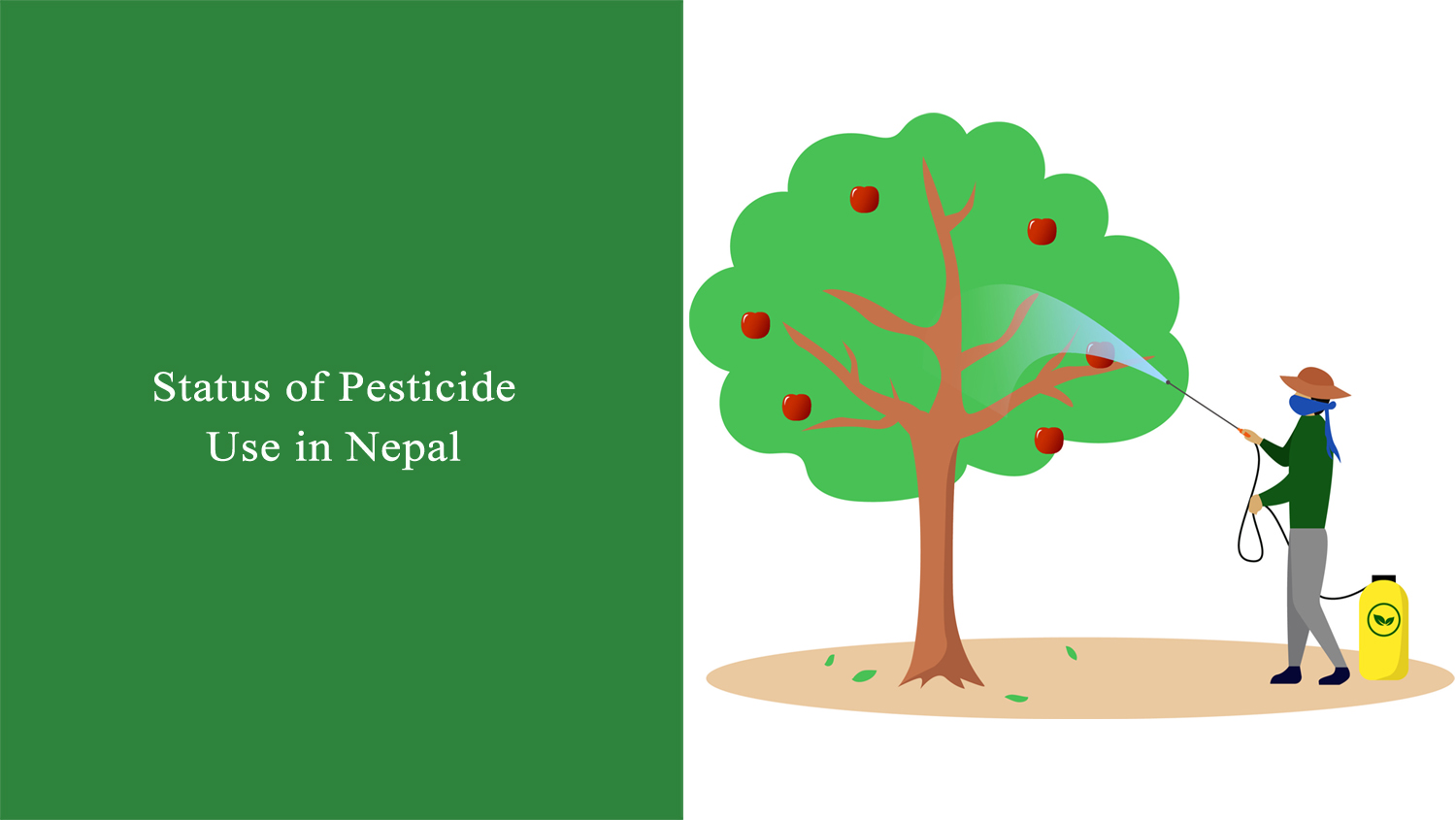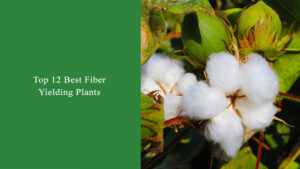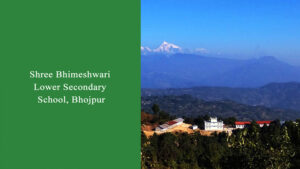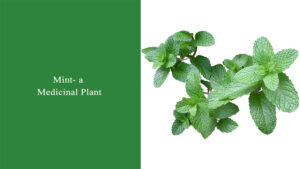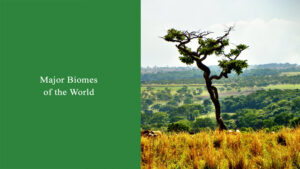Status of Pesticide Use in Nepal
Do you want to know about the status of pesticide use in Nepal?
Then you are in right place. In this article, I will share with you overall information about the status of pesticide use in Nepal.
Background:
The pesticide is a much familiar term in agriculture. They are the chemical substances and also biological agents. These substances are useful to inhibit or control the destructive activities of pests including weeds.
Depending upon the variety of pests, insects, and disease-causing microorganisms that it controls, pesticides are of different types. They are herbicide, fungicide, bactericide, rodenticide, nematicide, and avicide, etc. Among these pesticides, farmers use fungicides the most.
Pesticide includes heavy metals like lead, mercury, arsenic. It also includes plant derivatives like pyrethrum in chrysanthemum flower, and nicotine in tobacco. People use pesticide for agricultural purposes i.e. for controlling pests, weeds, and rodents, etc.
Similarly, it plays an important role in public health. It means pesticide helps to control malaria, dengue fever, etc. It also increases food productivity by reducing crop loss from pest infection.
In the market, different types of pesticides and insecticides are easily available. They offer several names and brands. At the same time, pesticides are also available in various physical forms such as volatile liquids, semi-liquids, and crystalline solids.
Biological control method is less applicable in agriculture because of its slower and less effective nature. So, farmers are using synthetic pesticides rather than bio-pesticides.
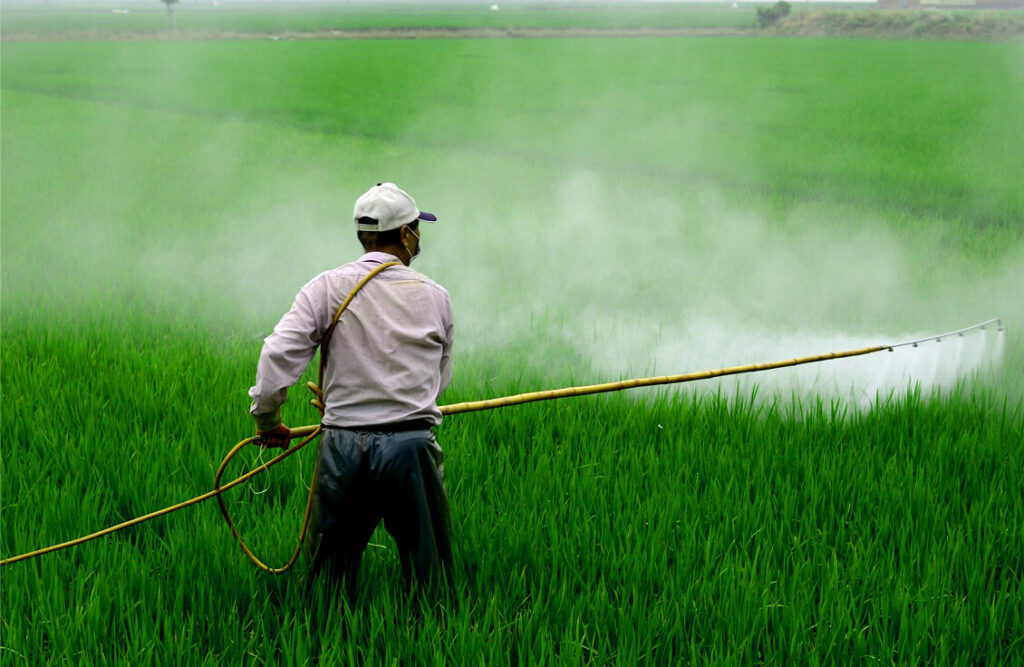
Farming is the main profession in Nepal. Every year, about 15-20% of food products are being lost because of pests. So, farmers are using pesticides in excess amounts.
In Nepal, most of the pesticides are imports from India and China. According to the researchers, the use of pesticides is increasing with the development of hybrid crop varieties.
History of Pesticide:
Synthetic pesticides are found to be developed in the 20th century. DDT, a potential pesticide was discovered by Paul Herman Muller in 1939. For this work, he got the Nobel Prize.
In the 1950s, DDT was introduced in Nepal. People used DDT as the first pesticides for the malaria eradication program. From that age, pesticides are being used for safeguarding public health and to increase agricultural productivity.
Types of Pesticide:
Major types of pesticides are:
Insecticide: A type of pesticide used to kill insects. Eg: Abacin, Allmic, Bortin, Cobra King, Nemavap gold, and asatop, etc.
Acaricide: Acaricide is a pesticide that kills ticks and mites. Eg: Acramite, Colonel-s, Magister, Allhit, Amazar, Mitigate, and Maidal.
Fungicide: Fungi can cause serious damage in agriculture. So farmers use fungicide to inhibits the growth of fungi. Examples of Fungicides are Zampro, Godiwa, Top care, Kyoto, Amistar Top, Star top, Real cure, Benofit, Benomyl, and Boxer, etc.
Bactericide: Bactericide is a type of the pesticide. So, farmer use it to protect plants from infection of bacteria. Cankers wilt, foliar, and spots are some symptoms of bacterial disease.
Herbicide: Herbicide is a type of pesticide which helps to control weeds. So, Its another name is weed killers. Eg: All-24, Cut off 58, Kaal- 58, Multiweed, Twister, Wee kil-58, and Weeder, etc.
Rodenticide: Rodenticides are pesticides that remove or kill rodents (Rats, mice, squirrels, porcupines, woodchucks, etc). Eg: Billy, Kraz yratmar, Garud, Kinglone, Ratcon, Ratkill, and Ratol cake, etc.
Molluscicide: It is also a type of pesticide and people use it to kill mollusks like snails and slugs. Eg: Kingfoe, and Metaldehyde.
Biopesticide: Biopesticides are naturally occurring substances that control harmful insects and weeds. Eg: Margo N.F, Agrigaurd, Astan-Killer, Astha neem super, Avana, and Azadirechtin.
Nematicide: It is a chemical pesticide that is useful against plant-parasitic nematodes. Eg: Nemazone.
24 Banned pesticide of Nepal:
There are large numbers of harmful pesticides that can contaminate our environment, food, and water. They can also cause critical health problems like skin irritation, throat infection, headache, nausea, eye irritation, and vomiting. So, to reduce their hazardous effect, the use of 24 harmful pesticides has been strictly banned in Nepal.
They are Chlordane, DDT (Dichloro Diphenyl Trichloroethane), Dieldrin, Endrin, Aldrin, Heptachlor, Mirex, Toxaphene, Lindane, BHC (benzene hexachloride), Phosphamidon, Organo mercury chloride, Methyl Parathion, Monocrotophos, Endosulfan, Phorate, Carbofuran, Carbaryl, Dichlorovos, Triazofos, Benomyl, Dicofol, Carbosulfan, and Aluminium Phosphide 56% TAB-3gm.
I hope this article helped you to know about the states of pesticide use in Nepal.
